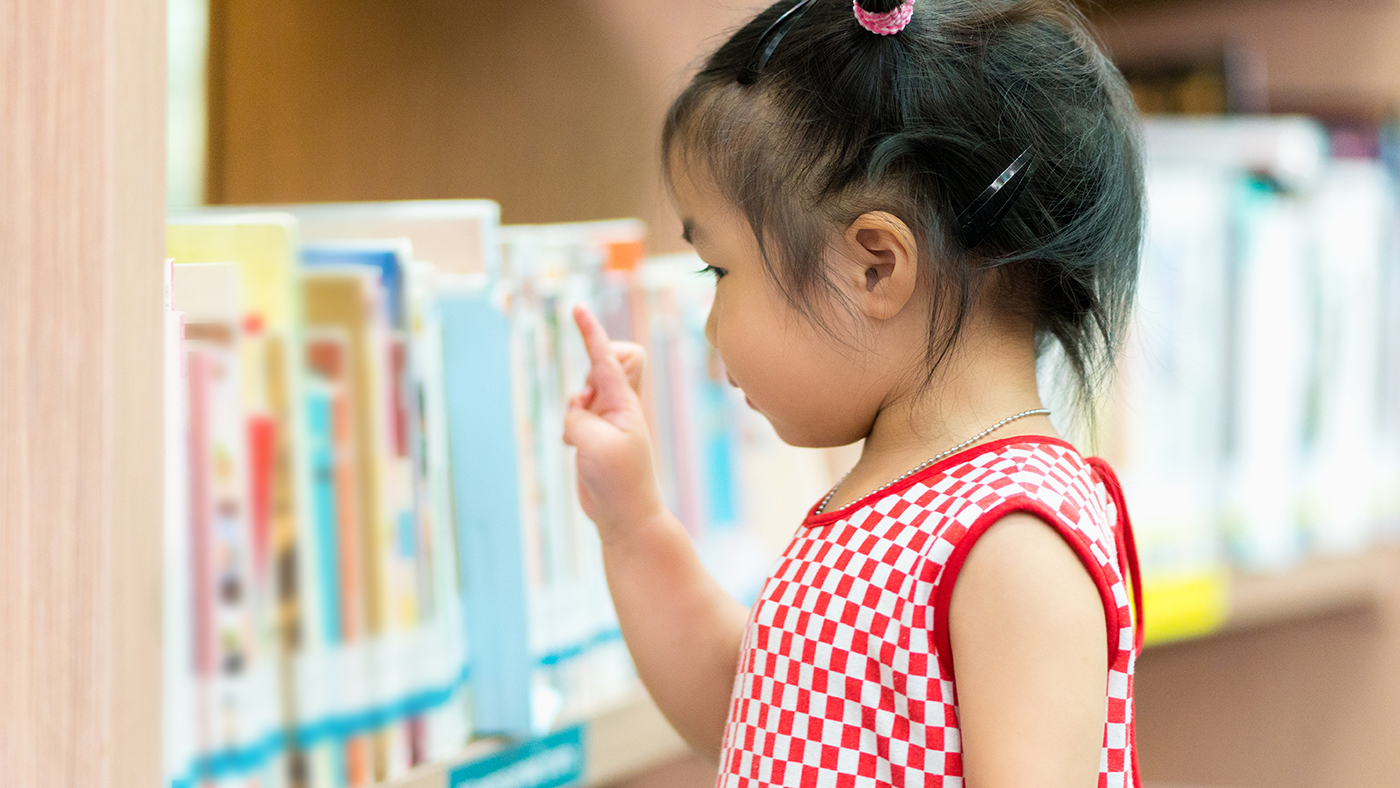Recognises a familiar object when they can only see part of it

Your child has been combining information from their senses to learn about the world since they were a baby. Their vision is clear, and they have developed their cognitive skills and now have a clear understanding of many familiar objects. They know that objects maintain their shape and size even when they cannot see them and can think about familiar objects.
Visual perception
When we think about the development of children’s vision we often think about the clarity of vision, you might have watched a video or seen pictures of what a baby can see as their vision develops. However, visual development also concerns the way in which we perceive what we see, this aspect of visual development links to the way in which information from our eyes is processed by our brain.
When your child recognises an object that they can only see part of they are demonstrating their ability to process information from their eyes. Processing information from the eye involves many areas of the brain and these areas are interconnected,[1] so whilst we might describe a particular aspect of visual perception your child will use different aspects together to understand the world around them.
As your child becomes more familiar with objects, they will be able to think about an object and what it looks like without needing to see or hold it. Your child will be able to look at part of an object and think about the whole object, this allows them to recognise an object when they see part of it. This skill can be helpful for your child when they are completing a puzzle or drawing a picture as they can think about the whole based on the part that they can see.
The ability to identify an object when you can only see part of it is known as ‘visual closure’. [2] This is a skill that you probably use in your everyday life, you might identify a traffic sign when you can only see part of it or be able to find a particular packet in the cupboard when it is partially covered by other objects.
When your child recognises an object based on seeing part of an object they will be thinking about the detail and the whole object, this is described as perceiving local and global features. [3] Providing your child with lots of opportunities to look closely at objects and to touch them and move them, will support them to develop their understanding of objects and their visual skills.
What next?
Your child will continue to develop their visual skills. They will be able to pick out detail in more complex pictures and will recognise a familiar person or object amongst a group of people or objects.
References
[1] Eysenck, M.W. & Keane, M.T. (2015). Cognitive Psychology. A Student’s Handbook (7th edn.). London: Psychology Press.
[2] Christy, K. & Huffine, N. (undated) Assessment and intervention of visual perception and cognition following brain injury and the impact on everyday functioning. Available from: Assessment_and_Intervention_of_Visual_Perception_and_Cognition3.pdf (miota.org)
[3] Nilsson Jobs, E., Falck-Yitter, T. & Bolte, S. (2018) Local and global visual processing in 3-year-olds with and without autism. Journal of Autism and Developmental Disorders, 48(6), 2249-2257.